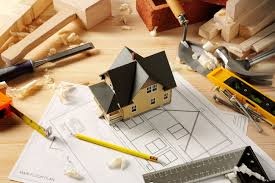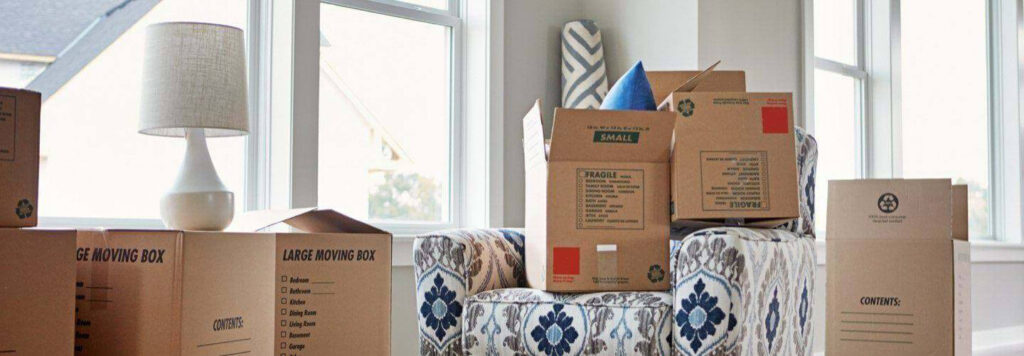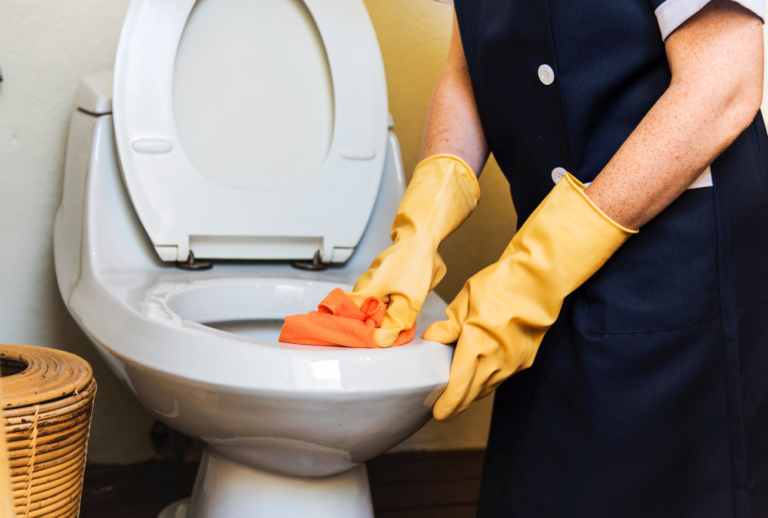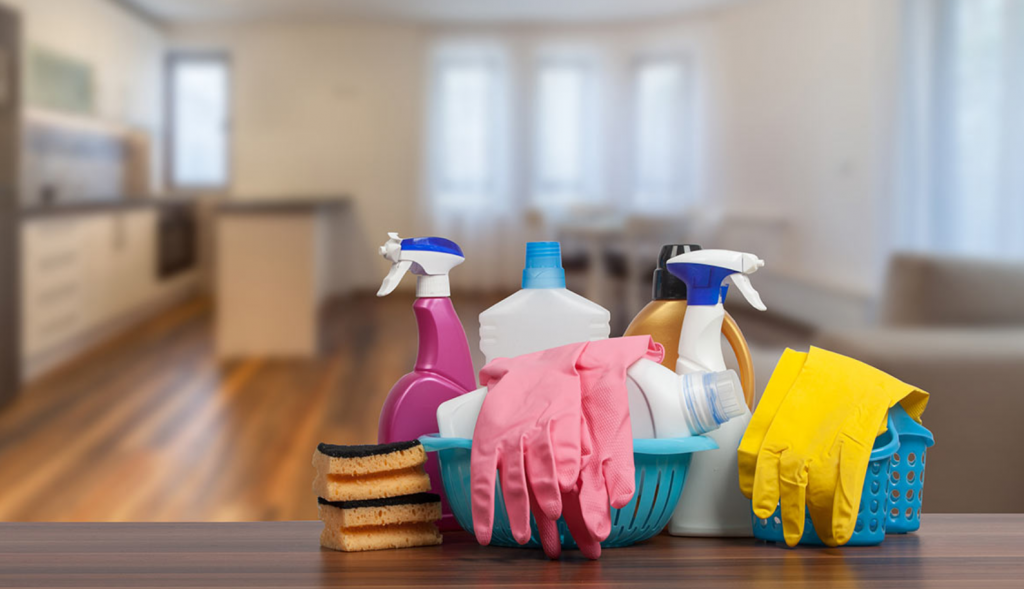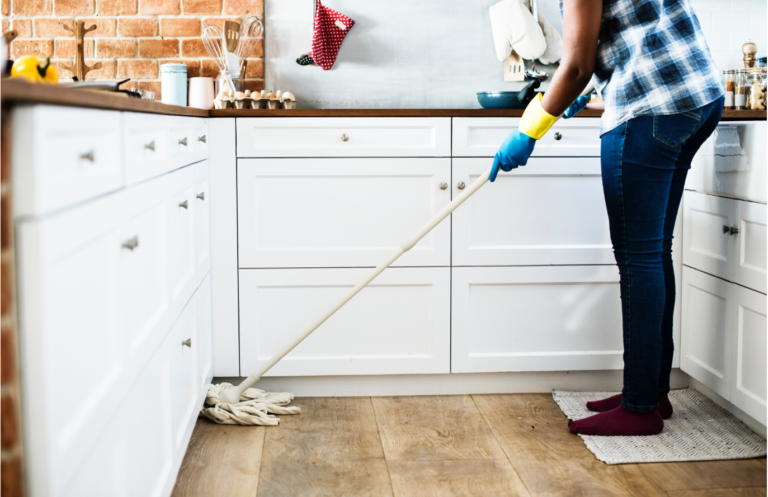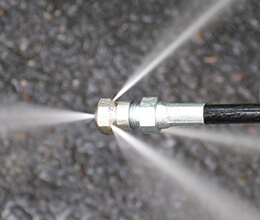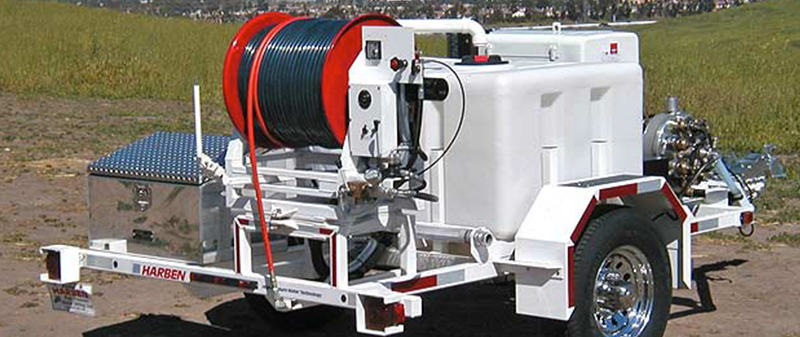Kitchen renovation mistakes to avoid at all costs
Kitchen remodel.
What do those two words make you think of? Though we all like the idea of a new kitchen, you might also associate those words with lots of stress, lots of worry, and lots of indecision.
Failing to consider appliances
Appliances are something you should think about first. They are the workhorses of your kitchen, and should not be an afterthought. In addition to performance, you will want to take into consideration the color, style, and size of the appliances you need. When you have decided on appliances, decisions on your kitchen design and other details fall into place much more easily.
Not getting a kitchen expert
Remodeling often comes down to budgeting. No matter how good at DIY you are, it is always a smart idea to bring in a kitchen design expert to help you plan your project. “One of the things I hear most when people are beginning a kitchen renovation is that they are overwhelmed by all of the choices and information. A critical part of my job is helping my clients sort through and simplify all of that information so that we can help prioritize their wants and needs.”
Failing to plan for storage
One of the most overlooked aspects of a kitchen remodel is the importance of storage. Features like pantry pullouts, lazy susans, drawer organizers, and pull-out spice drawers add efficiency, convenience, and sometimes even new storage to a kitchen. “Clients get very excited about storage and organization”
Sacrificing your countertop space
Do not think you can skimp on your countertop because you want to create room elsewhere. If you have to choose between your countertop landing space and another element, choose countertop space. More counter space room gets you more room for preparation, entertaining, and eating. As long as you keep your walkways clear and moveable, you are always going to appreciate more counter space.

Factors Impacting Kitchen Remodel Costs
These are areas in which you will need to make decisions and that impact the cost of your kitchen remodeling project. Knowing them and their relative impact will help you understand how your decisions affect your remodeled kitchen’s cost.
The Type of Kitchen You Desire
Impact on cost: large
You can select any kitchen from an economy to high-end luxury kitchen. You may want a kitchen with good quality appliances or top-of-the-line gourmet or commercial grade appliances. If cooking is not your thing, you may want to keep your kitchen small. If you entertain, you may want a large kitchen with room enough for people to mingle without getting in your way. Each of these types of decisions will impact the cost of your kitchen remodel.
The Level of Reconfiguration and Size
Impact on cost: large
Not changing your kitchen’s size or configuration (floor plan), keeping appliances, plumbing, lighting, and counters where they are now, requires the least amount of work and is the least costly. In the industry, we refer to this as a “pull and set.”
Changing the configuration, but not the size or structural elements, like the location of walls, windows, doors, and so on, still requires opening walls for adding new electrical, water, wastewater, and gas lines. We then must repair the walls we opened by installing new drywall before placing appliances and fixtures. So, changing your kitchen’s configuration adds more cost.
Changing the configuration and structural elements, like walls, doors, windows, or size adds the most cost to a kitchen remodel, short of building an addition for your kitchen.
IMPORTANT: Configuration and structural changes may have a significant impact on your kitchen’s cost, but if your current kitchen is configured poorly, is not the right shape or size for your needs and the look you desire, these changes are well worth the investment both for your needs and when you sell your home.
Type of Flooring
Impact on cost: small to moderate
The flooring material you select will not only influence the functionality and aesthetic appeal of the kitchen, but it will influence the price as well. Natural stone, hardwood and designer tile floors typically cost more than engineered wood, laminate, basic tile, or faux stone floors. Flooring can have an impact on your kitchen remodel’s cost, but unless you go for very cheap or very expensive flooring material, it usually doesn’t greatly impact the kitchen’s remodeling cost.
Kitchen Cabinets
Impact on cost: large
The new kitchen cabinets you select, their quality and quantity can greatly impact your new kitchen’s cost. There are many types and grades of cabinets. Kitchen cabinets come in three main categories, regardless of their quality. These categories are Stock, Semi-Custom, and Custom.
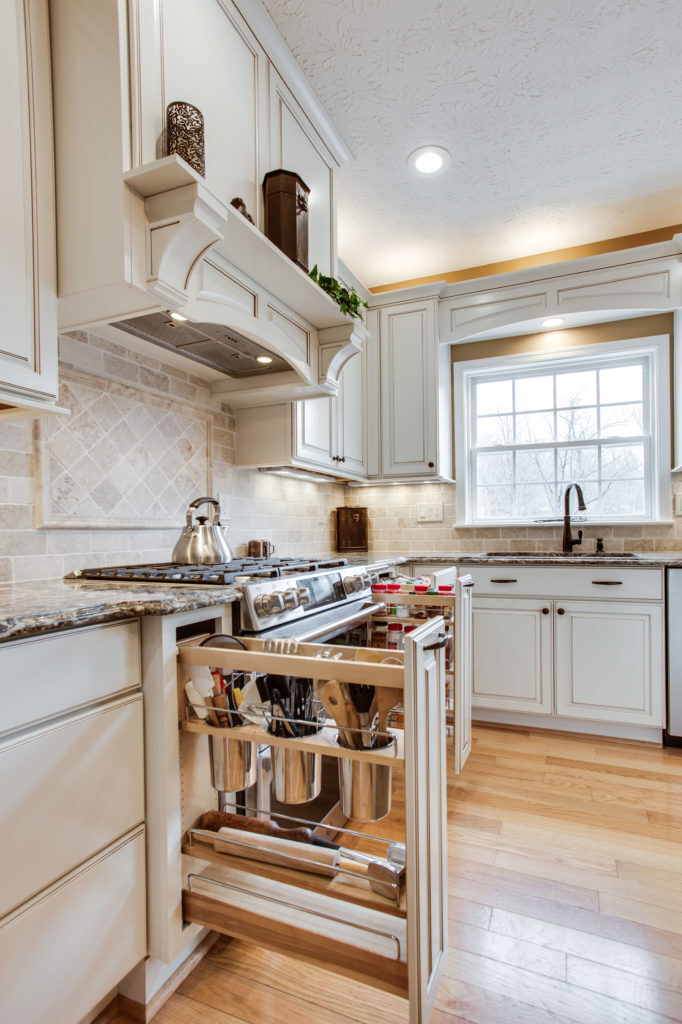
Must-Have Accessories for Kitchen Cabinets
Maximizing your available kitchen cabinets storage space with add-on parts and accessories should be a primary goal for your kitchen remodel. Maintaining peak function in your cooking space is all about accessibility within your work zones, ease of use, and limiting how much you need to move around so that you can focus on what matters most: delicious meals and good company.
Roll-Out Pantries & Beyond
Pantries are out in full force in today’s kitchen remodel landscape. Having one designated region of your storage for cans, jars, and dry goods is a huge boost to storage efficiency.
There are a variety of different pantry styles available:
Chef’s Pantry: A typical chef’s pantry consists of numerous layered shelving units which swing out and permit you to arrange their contents with great efficiency.
Wall Cabinet Pantry: Wall cabinet pantries combine a door shelf with interior shelving.
Roll-Out Pantry: Ultra convenient to your perishable food storage in a fridge, roll-out pantries give you heightened versatility in the kitchen.
Pull Out Pantry: Full height pull out pantries can be positioned close to appliances to maximize storage of cookware and food combined.
“If you’re putting together a new pantry, remember this: You’re worth the good stuff.” From spices to tools of the trade, the chef’s pantry is stocked with quintessential elements of your cooking.
Wall cabinet pantries represent the most widespread standard in kitchens throughout the U.S. Convenient storage for your non-perishables allows you to jump right into cooking without needing to run back and forth to storage space in a different room. Beyond that, it also allows you to be more dynamic in your food preparation, grabbing new ingredients or specialty tools on the fly as inspiration takes you.

Important Things to Consider for Your Kitchen Renovation
Renovating a kitchen can be an exciting endeavor but even for the experienced design there is a lot to consider. Here are some things to consider as you go so that you don’t overlook anything that could compromise the quality of your finished product
Decide “Why” You are Renovating
Are you renovating the space to add features? Get an updated, more modern aesthetic? Or to better use the space? Make sure to decide on achievable goals before you get started so that you don’t get sidetracked. It’s important to have a clearly defined path.
Use Visual Planning Tools
It’s important to know how everything will look and work together before you start installing new elements. Collect samples of different woods or tiles; collect paint swatches; cut-out images from magazines or computer print-out of appliances or furniture that you want to include. Not only will this help you envision the finished product but you can pin to all together on a board to keep your purchasing focuses on the agreed upon theme
Consider “Timeless” Design Trends
Design trends come and go so quickly – what’s fashionable this year will be out-of-style next year. As easy as it may be to get caught up in the latest trends, sticking to timeless design schemes will ensure that your renovations don’t become immediately outdated. Look back at the trends of the last decades and make note of elements that stood the test of time
Pay Attention to Small Details
It’s easy to dedicate all your time and energy to the big, important elements of your kitchen, but it’s the small touches that really pull any space together and make it your own. Things like choosing the right backsplash or faucet style will make all of the difference for the finished product. It’s the smallest touches that really bring life to any room.

THINGS YOU DON’T WANT TO HEAR ABOUT KITCHEN REMODELING
It’s exciting to remodel your kitchen, but don’t go into the project with your eyes closed. Kitchen remodeling is an investment, and you want to make sure you do it right. You may not want to hear these truths about kitchen remodeling while you’re in the starry-eyed, dreamy phase, but they’ll save you a lot of hassle in the long run if you take them seriously.
Talking to a Designer Too Early Will Ruin You
It may be tempting to find a designer right away and start making plans. But don’t rush! You need to know, deep down, what you want before you begin talking to designers. Designers have good ideas, but they aren’t YOU. They won’t be living in your home, and cooking in your your kitchen. Only you will. Figure out a general idea of your style before you talk to someone else.
If You Don’t Plan Carefully, You’ll Be Unhappy
The traditional kitchen triangle is normally an adequate layout. But don’t accept it, or any other layout, without some thought. If you choose a layout that doesn’t fit your habits and lifestyle, you’ll end up working harder in your kitchen than you need to. And that will make you less likely to spend time in the room, which will cut down on your enjoyment.
If the Kitchen Is Too Customized, It Will Be Harder to Sell Your Home
It’s always a good idea to keep resale in mind when you remodel your kitchen — even if you aren’t planning on selling your home. You never know when life plans will change. A completely customized gourmet kitchen will not pay off in a resale. However, it may be more important to you to have that gourmet kitchen now than to avoid losing money in a resale. Only you can know what’s most important.
If You Get Too Caught up in the Look, You’ll Miss Important Things
Ultimately, we all want a beautiful kitchen. Plus, that can often be the best part of planning — picking out colors and countertops. But don’t get too caught up in the look that you forget important things like storage








